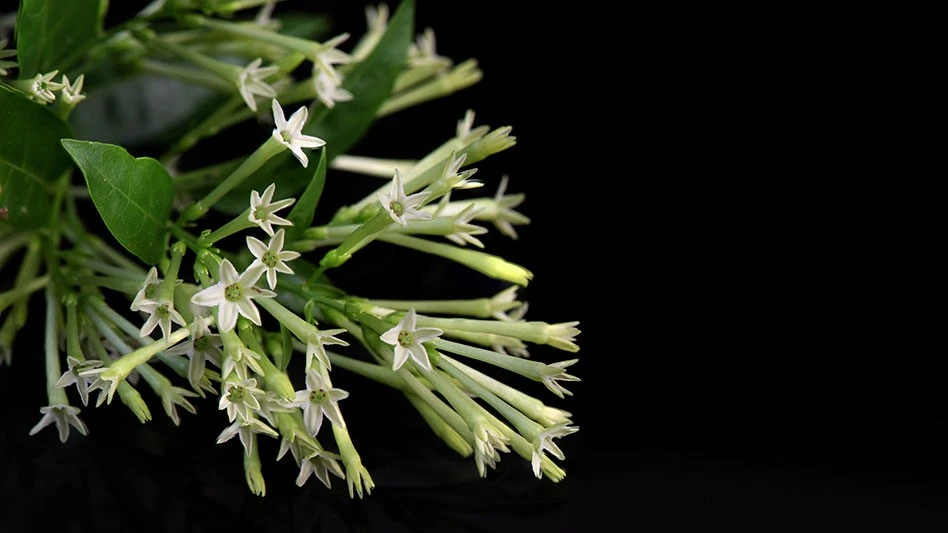

At Cultivate’22, Katie Dubow, president of Garden Media Group, delivered the 2023 Garden Trends Report: ‘I Believe in Me’. According to Dubow, the moment’s two most significant driving forces are the individual and access. And in a world dominated by uncertainty, the overarching trend of 2023 is rooted in self-intention and personal empowerment. Dubow said that consumers feel empowered when using green industry products and feel like they can make a difference for themselves, their families and their communities.
“We can’t control external factors, but we can control what we do, what we buy, our values — we choose products that align with those values. Now is a big time for us to take some responsibility as an industry for those choices that we make because our consumer is going to demand it,” she says.
Here are the seven trends businesses should prepare for in 2023.
1) Tesla effect
Tesla is synonymous with innovation, and every business wants to be the next prominent innovator. However, Dubow said that consumers drive technology, and it’s changing rapidly. She pointed out that the green industry has gone electric or battery-powered more than any other industry. She said that innovative and electric tools empower gardeners.
Customers are trading up, replacing these older (and somewhat cumbersome) tools with electric ones. This will be a significant trend in the industry in the future, especially as digital natives — who grew up with technology and are used to accessing things with the push of a button — begin to garden and enter the market. Retailers (and the growers who sell to them) should also start thinking about smart devices and apps, as many gardeners use apps to help them grow their own food, keep track of seeding and more.
Additionally, customers have grown accustomed to omnichannel shopping methods, and as such, they’re making fewer in-store trips and expect robust e-commerce options. As a result, Dubow predicts that in 2023, IGC consumers will seek out an all-in-one, one-stop shop where they can purchase everything in one place.
2) Backdoor revolution
As inflation, interest rates and tightening inventory influence a volatile housing market, millennials — the largest generation — are caught amid the housing crisis.
“The thing that will impact our industry is that first-time homebuyer. So [millennials] are coming into this time when they’re supposed to be buying perennials, shrubs, veggies, hanging baskets, containers — but they can’t because they’re being priced out. So not only are they priced out of buying homes, but they can’t find rentals,” she says.
Enter the ADU, or Accessory Dwelling Units — smaller, self-contained units that can be attached or detached from homes. ADUs aren’t a new concept, but the regulations surrounding these are “changing like wildfire” to allow people to enter communities with better access to schools, public transportation and neighborhoods, she says. Dubow predicts that these will come to most mid-size cities. Growers and IGCs should be planning to sell these ADU dwellers offerings like vertical plantings, privacy hedges, trellises, climbing plants and container plants.
3) Accessible gardening
People are living longer, and “Super Agers” — whose brains function as if they were 30 years younger — have a range of productivity and lifestyles, especially gardening. While many IGCs often focus on getting millennials in the door, Dubow says the industry can’t forget about the baby boomer generation.
“The boomer generation that has long loved our products and services aren’t going away. They’re expanding and we’re still able to still serve them, just in different ways.”
Retailers and their suppliers can do this by focusing on the aspect of “down aging,” which taps into the nostalgia of youth. It’s something retailers can tap into for both the boomer and millennial generations.
Dubow pointed out that millennials are very interested in reboots, remakes, vinyl and mid-century modern design.
4) PlantTok
The average TikTok user spends 52 minutes a day on the video-sharing app, and the green industry should take advantage of the exposure, Dubow says. With TikTok, growers and IGCs can get more visibility and mileage out of videos because the content can be repurposed and passed through to other social media channels. And because it’s a more democratized form of social media due to an algorithm that rewards quality content, anyone can go viral overnight — no matter their follower count, she adds.
TikTok is a significant force for trends, and green-industry companies can get the scoop about the trending plants or even copy mainstream trends and add a fun plant twist.
TikTok has also fueled the rise of self-expression, Dubow says. From whimsical aspirations inspired by the Gnomecore trend to herbs inspired by WitchTok, retailers can be in the know and offer these customers exactly what they’re looking for. Moon Gardens are also a big trend on the app, and Dubow predicts that these will have a booming resurgence in 2023.
5) All Greek to me
Greek-inspired gardens are having a moment, and Gen-Z is embracing this trend, according to Dubow. Greek gardens are all about highlighting romantic beauty, including raised beds and patios, as well as climbing plants around archways and tall trees.
Gravel gardens are also part of this design trend. Because gravel gardens are drought- and heat-tolerant, they require 80% less maintenance once they are established, Dubow says. In addition, consumers can add pops of color to gravel gardens with container plants. Dubow adds that research is critical for customers looking to install a gravel garden because it is challenging to set up and involves high design.
6) Redrawing the map
The world is getting hotter, and as a result, hardiness zones have changed, she says. Right now, trees aren’t adapting fast enough, and trees are one of the tools that can help combat climate change. However, she notes that growers and garden centers need to ensure they’re providing resilient trees that will still be around 50 to 100 years from now. Ongoing customer education about the “right plant, right place” is vital for the success of the future of trees.
7) Color of the Year
Dubow shared that the Garden Trends Report’s 2023 Color of the Year is terra cotta. Terra cotta encompasses a warm palette consisting of sage greens, creams and beigey browns. Rooted in intention and revived from the acid oranges of the ‘60s and ‘70s, terra cotta signifies an optimistic future, she says.
“It evokes a spirit of so many different cultures, and all of the different ways the different cultures think of this color. In our Western culture, it’s more about warmth, excitement and amusement — and that’s what 2023 is going to be all about,” she says.

Explore the September 2022 Issue
Check out more from this issue and find your next story to read.
Latest from Greenhouse Management
- Anthura acquires Bromelia assets from Corn. Bak in Netherlands
- Top 10 stories for National Poinsettia Day
- Langendoen Mechanical hosts open house to showcase new greenhouse build
- Conor Foy joins EHR's national sales team
- Pantone announces its 2026 Color of the Year
- Syngenta granted federal registration for Trefinti nematicide/fungicide in ornamental market
- A legacy of influence
- HILA 2025 video highlights: John Gaydos of Proven Winners





